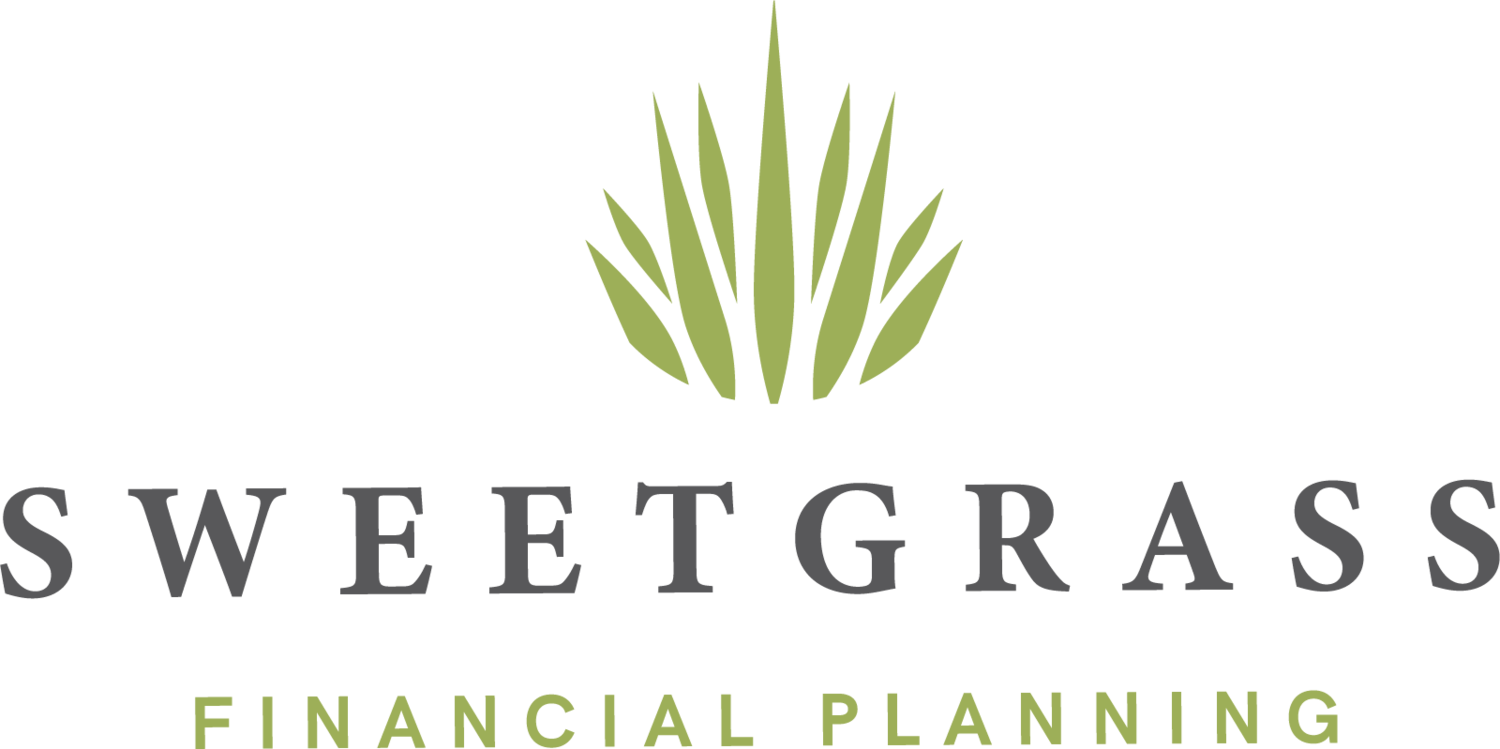Updated for 2021
Introduction
A Mega Backdoor Roth IRA strategy could be a great option for individuals who have maxed out all of their other tax-advantaged accounts, but still want to save more money for retirement in a tax-preferred manner. For those that are eligible (more on this in a bit), the Mega Backdoor Roth IRA strategy could allow you to contribute up to $38,500 to your Roth IRA per year, with no income limitations. If your spouse is also eligible to contribute to a Mega Backdoor Roth IRA, then the strategy could allow you to contribute up to $77,000 cumulatively as a couple to your Roth IRAs per year!
Before you get too excited, it’s important to know that not everyone is allowed to perform this strategy, as it completely depends on if your company’s 401(k) plan allows for a particular type of contribution.
Four Types of 401(k) Contributions
Before we go into the specific steps of a Mega Backdoor Roth IRA, I first want to briefly go over the four types of contributions that are allowed within a 401(k) by the IRS, as it will be important to have a little bit of understanding of what each of these are later on. These four types of contributions are as follows:
1.) Pre-tax (Traditional) Employee Contributions
This is the most common type of 401(k) contribution. Contributions made to a 401(k) throughout the year by an employee are tax-deductible and grow tax-deferred. Once you begin to pull money out of the plan in retirement, distributions will be taxed as ordinary income in the year withdrawn. In 2021, you are allowed to contribute up to $19,500 per year into your 401(k) cumulatively between pre-tax employee contributions and Roth 401(k) contributions. (see below for more on the Roth 401(k))
2.) Pre-tax Employer Contributions
As an incentive to get employees to save money for retirement, many companies will offer to fully or partially match an employee’s 401(k) or Roth 401(k) contributions up to a certain percentage of income. For instance, a company may offer a 50% match up to 6% of the employee’s income. Thus, if an employee contributes 6% of his/her income to their 401(k), then the company will contribute 3% of the employee’s income to the 401(k) as well. Contributions made by an employer do not affect the $19,500 employee contribution limit.
3.) Roth 401(k) Contributions
Some 401(k) plans allow employees to contribute to a Roth 401(k), which functions very similarly to a Roth IRA. Instead of getting a tax-deduction at the time of your contribution like a traditional (pre-tax) 401(k) contribution, the money goes in after-tax, grows tax-deferred, and, if withdrawn after age 59 ½, can be withdrawn tax-free. As mentioned above, you are permitted to contribute $19,500 cumulatively per year to your 401(k) between traditional 401(k) and Roth 401(k) contributions.
4.) After-tax Employee Contributions (Non-Roth)
Most people are unaware that this 401(k) contribution option exists, but this is the key component of being able to do a Mega Backdoor Roth IRA. While not available in all plans, some 401(k)s allow employees to make non-Roth after-tax contributions in addition to the $19,500 max that is permitted to be contributed in either traditional or Roth 401(k) contributions. All contributions made in this manner are not tax-deductible in the year contributed, but will also never be taxed again (as these are after-tax dollars being contributed). Any earnings on non-Roth, after-tax contributions will grow tax-deferred and, when withdrawn during retirement, will be taxed as ordinary income.
The Steps to Doing a Mega Backdoor Roth IRA
1.) Max Out All Other Accounts with Tax-Preferential Treatment
Because of the fairly complicated nature of the Mega Backdoor Roth IRA strategy, I would highly suggest maxing out all other tax-preferential investment accounts available to you first before trying to contribute via a Mega Backdoor Roth. This includes maxing out Regular 401(k) contributions, IRA contributions, reaching the family contribution limits on your health savings account, and possibly even doing a regular backdoor Roth IRA. All of these accounts would give you similar tax benefits, but are simpler transactions. If, after maxing everything else out, you are still looking for a way to save money in a tax-preferential way, then proceed to step 2.
2.) Ensure that Your Employer’s 401(k) Allows for the Mega Backdoor Roth IRA
As previously mentioned, your ability to utilize a Mega Backdoor Roth IRA strategy completely hinges on your ability to make non-Roth, after-tax contributions to your 401(k). If your employer’s plan does not allow this type of 401(k) contribution (some do not), then you are currently unable to utilize the Mega Backdoor Roth IRA strategy. My suggestion would be to get in touch with your plan administrator to see if they would consider to begin allowing this type of 401(k) contribution.
For those of you who are permitted to do this type of contribution in your 401(k)s, continue to step 3.
3.) Calculate How Large of a Contribution that You’re Allowed to Make
So how do you calculate how much you can contribute? As of 2021, your total contributions (employee plus employer contributions) to a 401(k) may not exceed $58,000 in a given year. To figure out how much you’re allowed to contribute in non-Roth, after-tax contributions for the year, simply take $58,000 and subtract the amount you’ve contributed in traditional or Roth 401(k)contributions, along with any employer contributions for the year to get the amount that you’re able to contribute for the year.
As an example, let’s say that you make $250,000 and make contributions of $19,500 pre-tax into your 401(k). Your employer matches 100% of contributions up to 3% of income. Your available non-Roth, after-tax contributions are calculated as follows $58,000 - $19,500 – $7,500 (3% of 250,000) = $31,000. You would be able to make additional after-tax contributions of $31,000 for the year.
Note: While beyond the scope of this blog post, there is one caveat that might further reduce the amount that you are allowed to contribute. If you are a highly compensated individual for a company who’s 401(k) fails a nondiscrimination test, then the amount you are allowed to contribute could be reduced. If you think your employer might fall into this group, contact your plan administrator about how this will affect the amount that you’re allowed to contribute.
4.) Make Non-Roth 401(k), After-tax Contributions
The specific steps needed to make an after-tax contribution varies from plan to plan. Consult your plan administrator or look at the summary plan description for the details of your particular plan.
5.) Branching Step Depending on What Your Employer’s 401(k) Rules Allow
This final step branches depending on whether or not your 401(k) permits in-service withdrawals or not. It’s not a deal breaker if your company’s plan does not permit in-service withdrawals, but it does change the process of rolling this money into a Roth IRA.
5a.) Roll Over Immediately to Roth IRA
Optimally, once you’ve made an after-tax 401(k) contribution, you want to roll that money as soon as possible into a Roth IRA. This is because investment earnings in a Roth IRA grow tax-deferred and can be withdrawn tax-free during retirement. Conversely, investment earnings on after-tax contributions inside a 401(k) grow tax-deferred and are taxed as ordinary income in the year withdrawn or converted to a Roth IRA. This is why in-service withdrawals are so helpful in this strategy, as it allows you to move the money into a Roth IRA as quickly as possible, thus minimizing or completely negating taxable earnings before rolling the money over.
If your 401(k) allows for in-service withdrawals, immediately roll the non-Roth, after-tax money into your Roth IRA account (if you don’t currently have a Roth IRA, open up a Roth IRA account with the company of your choice). If there are any investment earnings in the account from the time you make your after-tax 401(k) contributions to the time that you move the money over to your Roth IRA, they should be minimal.
5b.) Roll Over to Roth IRA After Leaving Current Company
If your company does not allow for in-service withdrawals, you will have to wait until you leave your current employer or you retire to roll the money over. If you’ve been making large after-tax contributions to your 401(k)for several years, your account will most likely have grown substantially, leaving you with a sizeable portion of potentially taxable investment earnings. Fortunately, the government allows you to split your rollover when moving money out of these accounts. Once you have left your employer, roll the contribution portion (the tax-free portion) over to your Roth IRA and roll the investment earnings (tax-deferred portion) into a Traditional IRA.
Conclusion
For individuals that have maxed out their other tax-advantaged accounts and are looking for other ways to invest money in a tax-advantaged way, a Mega Backdoor Roth IRA could prove to be a solid investment option (provided their 401(k) permits non-Roth, after-tax contributions). If you have any questions about whether a Mega Backdoor Roth IRA is right for you or need clarification on any of the steps mentioned above, feel free to email me at daniel@sweetgrassfp.com or schedule a free introductory consultation.
Sign up for SFP's Monthly Newsletter to stay up to date on all of our blog posts and videos, and also to gain access to our free budgeting tool.
Disclaimer: This article is provided for general information and illustration purposes only. Nothing contained in the material constitutes tax advice, a recommendation for purchase or sale of any security, or investment advisory services. I encourage you to consult a financial planner, accountant, and/or legal counsel for advice specific to your situation. Reproduction of this material is prohibited without written permission from Daniel Patterson, and all rights are reserved. Read the full disclaimer here.


